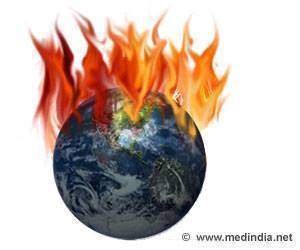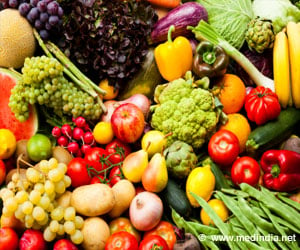Much of the land currently used to grow wheat, maize and rice is vulnerable to the effects of climate change, shows a University of Birmingham study.

‘With a worldwide population projected to top nine billion in the next 30 years, the amount of food produced globally will need to double.’





This could lead to a major drop in productivity of these areas by 2050, along with a corresponding increase in potential productivity of many previously-unused areas, pointing to a major shift in the map of global food production. The study, published today in Nature Communications, uses a new approach combining standard climate change models with maximum land productivity data, to predict how the potential productivity of cropland is likely to change over the next 50-100 years as a result of climate change. The results show that: Nearly half of all maize produced in the world (43%), and a third of all wheat and rice (33% and 37% respectively), is grown in areas vulnerable to the effects of climate change.
Croplands in tropical areas, including Sub-Saharan Africa, South America and the Eastern US, are likely to experience the most drastic reductions in their potential to grow these crops.
Croplands in temperate areas, including western and central Russia and central Canada, are likely to experience an increase in yield potential, leading to many new opportunities for agriculture.
While the effects of climate change are usually expected to be greatest in the world’s poorest areas, this study suggests that developed countries may be equally affected.
Advertisement
Our model shows that on many areas of land currently used to grow crops, the potential to improve yields is greatly decreased as a result of the effects of climate change,’ says lead researcher and University of Birmingham academic Dr Tom Pugh.
Advertisement
The political, social and cultural effects of these major changes to the distribution of global cropland would be profound, as currently productive regions become net importers and vice versa. ‘Of course, climate is just one factor when looking at the future of global agricultural practices,’ adds Pugh.
‘Local factors such as soil quality and water availability also have a very important effect on crop yields in real terms. But production of the world’s three major cereal crops needs to keep up with demand, and if we can’t do that by making our existing land more efficient, then the only other option is to increase the amount of land that we use.’
Source-Newswise















